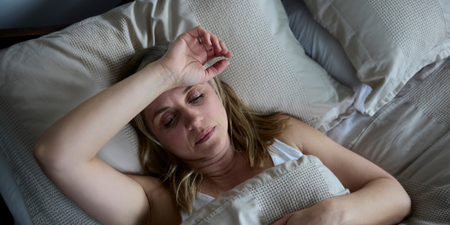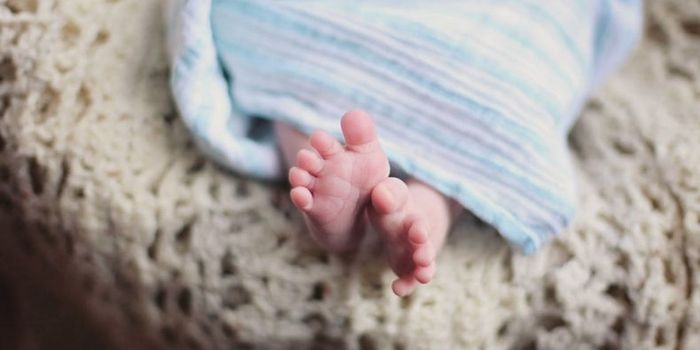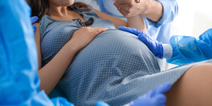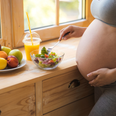Women with some characteristics commonly thought to increase pregnancy risks – being over age 35; being overweight; and in some cases, having a vaginal birth after a caesarean section – tend to have good outcomes when they give birth at home, a new study has found.
However, women with some other risk factors, a breech baby and some other cases of vaginal birth after caesarean or VBAC, may face an increased risk of poor outcomes for themselves or their babies, researchers at Oregon State University in the US have revealed. The study is believed to be the first of its kind to examine these risks and the outcomes.
Figures available from the ESRI, show just under 1% of all births in Ireland occur at home, rather than in a hospital setting. Figures from the Home Birth Association of Ireland’s records show that for each woman who gets a planned homebirth there are approximately another ten who would like to have one but who cannot avail of one due to lack of service provision.
Generally, women who are considered ‘low-risk’ are good candidates for home births, if they are attended by a midwife or other trained provider and timely access to a hospital is available. However, there is little agreement among health professionals on what should be considered low- or high-risk, and some women choose to have a home birth despite potential risks, says Dr Marit Bovbjerg, a clinical assistant professor of epidemiology at Oregon State University and lead author of the study:
“Medical ethics and the tenets of maternal autonomy dictate that women be allowed to decide where and how they wish to give birth. That’s why it’s important to have as much information as possible about potential risks.”
There are also risks associated with hospital births, such as increased interventions, which means there aren’t always clear answers when it comes to determining the best and safest place to give birth, says midwife Melissa Cheyney, who is also a medical anthropologist:
“There’s a middle or grey area, in terms of risk, where the risk associated with home birth is only slightly elevated relative to a completely low-risk sample. We’re trying to get more information about births that fall in that middle zone so that clinicians and pregnant women can have the best evidence available when deciding where to give birth.”
The goal of the research, published recently in the journal Birth, was to better understand the outcomes for women and babies with some of the most common pregnancy risk factors, to see how those risk factors affected outcomes.
The researchers analysed more than 47,000 midwife-attended home births. They looked specifically at the independent contributions to birth outcomes of 10 common risk factors: giving birth for the first time; advanced maternal age, or mother over age 35; obesity; gestational diabetes; preeclampsia; post-term pregnancy, or more than 42 weeks gestation; twins; breech presentation; history of both caesarean and vaginal birth; and history of only caesarean birth.
The last two groups are both considered VBACs and obstetric practice usually make no distinction between the two types. However, the researchers found a clear distinction between the two groups in terms of home birth outcomes.
Women who delivered vaginally after a previous caesarean and also had a history of previous vaginal birth had better outcomes even than those women giving birth for the first time. On the other hand, women who had never given birth to a child vaginally had an increased risk of poor outcomes in home births. Dr Bovbjerg commented on the results:
“That finding suggests that current policies that universally discourage VBAC should be revisited, as the evidence does not support them. Women who in the past have successfully delivered vaginally seem to do just fine the next time around, even if they have also had a previous C-section. That’s really important because some obstetricians totally oppose VBACs.”
Researchers also found that women whose babies were in breech position had the highest rate of adverse outcome when giving birth at home.
There was only a slight increase in poor outcomes for women over age 35, or women who were overweight or obese, compared to those without those risk factors. In some categories, there were not enough births in the data set to properly evaluate a risk’s impact, such as with gestational diabetes and preeclampsia.
Cheyney emphasised that the new information about risks and outcomes can serve as an important tool in decision-making for families making very personal choices about where to give birth:
“These findings help us to put information and evidence, rather than fear, at the centre of discussions around informed, shared decision-making between expectant families and the medical community.”
Did YOU consider or have a home birth? Let us know in the Facebook comments or join the conversation on Twitter @HerFamilydotie
RELATED ARTICLES
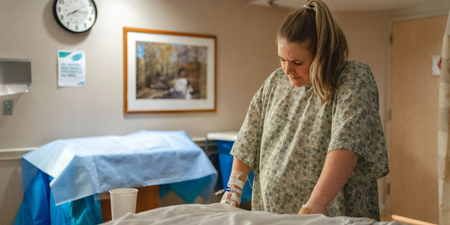
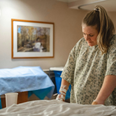

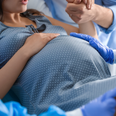


MORE FROM HerFamily


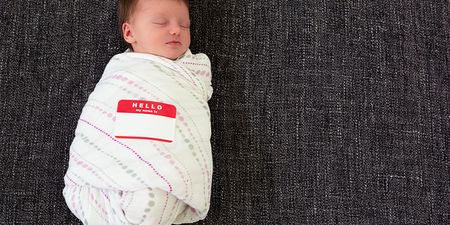





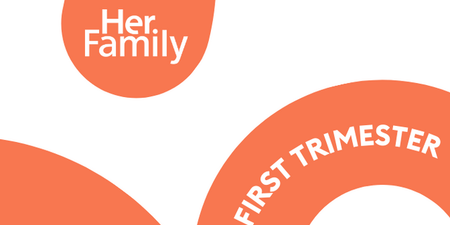
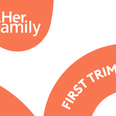




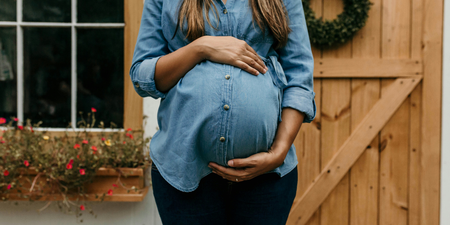
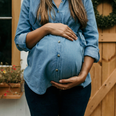
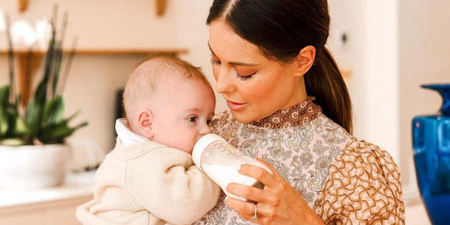
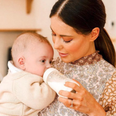


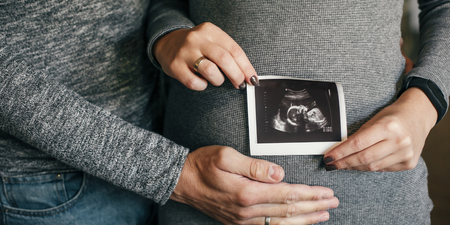
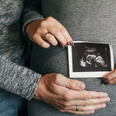


MORE FROM HerFamily
